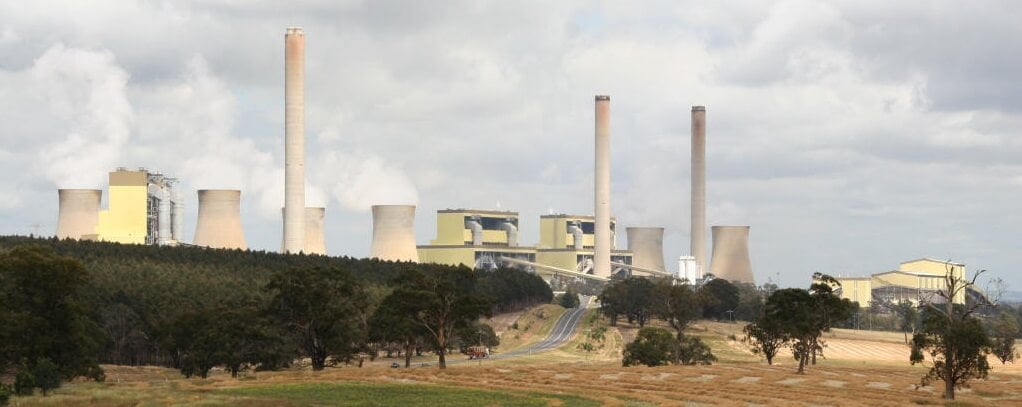As more businesses make the transition to solar and renewable energy power purchase agreements, Australian Energy Market Operator (AEMO) chief Audrey Zibelman said that Australia can keep the lights on if the country eliminates coal generation in an orderly manner.
Speaking on ABC news, after the Australian Financial Review’s Energy Summit last week, Ms Zibelman contradicted the government’s line that if coal generation is removed from the national energy mix, the electricity grid would collapse.
Ms Zibelman said that Australia’s coal generation assets should be kept in the mix, for as long as they are economically viable.
The Integrated System Plan points out that Australia’s coal generation assets are all set to be retired by the year 2050, and that they should be replaced by the lowest costing generation assets.
As things stand, that would be solar energy. An Origin Energy executive recently confirmed that at present, solar energy generation costs around $4.50 per MWh. Coal, on the other hand, costs $5 per MWh while wind energy is in the region of $5.2 per MWh.
Last existing Australian coal plant will retire in 2048
The last of Australia’s coal-fired plants – AGL’s Loy Yang A – is due to be retired in 2048. This also ties in with a report by the United Nations Climate Panel, which states that in order to avoid catastrophic global warming, coal needs to be taken out of the generation mix by 2050 globally.
Energy generation companies have stated that new investment in coal-fired plants is simply not economically feasible.
All of them are transitioning away from coal and their targets are to change their generation sources to renewables and storage, with pumped hydro being the weapon of choice in order to keep the lights on.
AEMO’s Integrated System Plan states that Australia should maintain coal assets for as long as they are economically viable and that that there is a plan anticipating their replacement with resources that have the lowest cost.
The issue which still presents itself is ensuring there is enough dispatchable power when the grid is stressed by critical events such as heatwaves.
Ms Zibelman states that the most likely resources, which will offset such threats to the grid, include battery storage, pumped hydro, demand management and fast-start generators.
That fits in nicely with the IPCC proposed timetable. As Zibelman says: “We need a plan and (we need to) be able to execute on that plan.”
Fundamental changes occurring in the energy sector
The analysis from AEMO also notes the following developments in the energy industry:
- With the surge of rooftop solar and expanding adoption of local storage, in addition to increasing energy efficiency, demand on the electric grid is largely declining even through the coming electrification of the transport sector;
- The next 20 years will see a portion of the National Energy Market’s coal resources being retired upon reaching the end of their technical lives. This underscores how essential it is to reduce or eliminate premature retirements especially as these assets perform vital support services needed to ensure that the power system operates as expected.
- Radical changes in the investment profile and capabilities of different supply resources are have occurred and are expected to progress further.
- Building new renewable plants will cost even less in the future, with developments and the availability of storage technologies, especially pumped hydropower, flexible gas-powered generation, and distributed energy resources (DERs) are coming to the fore as integral components to a future with affordable and reliable energy.
Grid independence
The electricity market is still centralised, but it is becoming more obvious that the future will be dominated by renewable energy sources. It is also becoming increasingly clear that businesses need to position themselves for growth by generating their own behind the meter energy.
Rooftop solar is a great way to do this, but you can also secure Power Purchase Agreements that give you the knowledge of where your energy is coming from and how much you are going to be paying for it.
Want to find out more about how you can keep the lights on with renewable energy? Call us on tel: 1 300 852 770 or send us an email on info@leadingedgeenergy.com.au.














